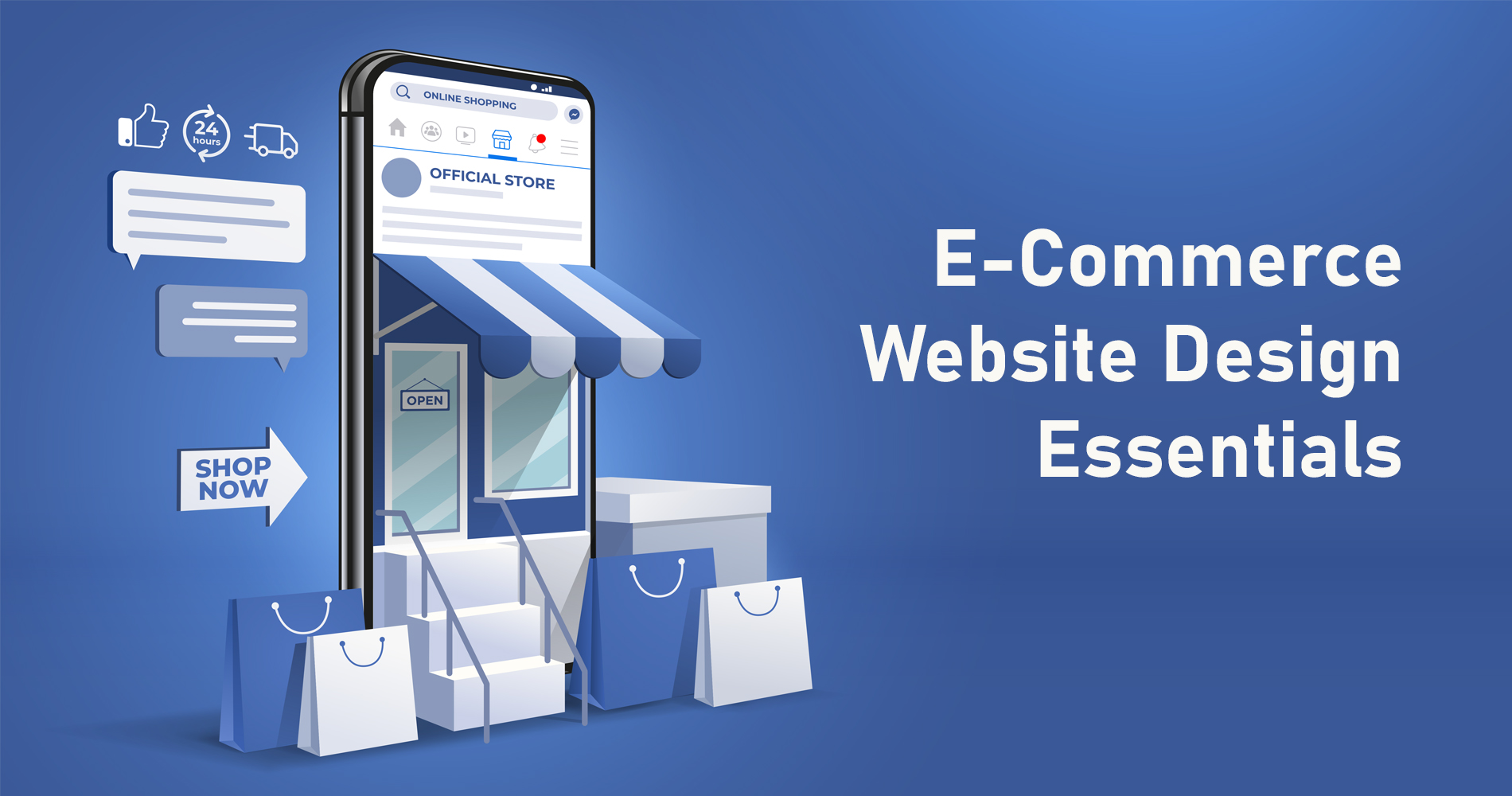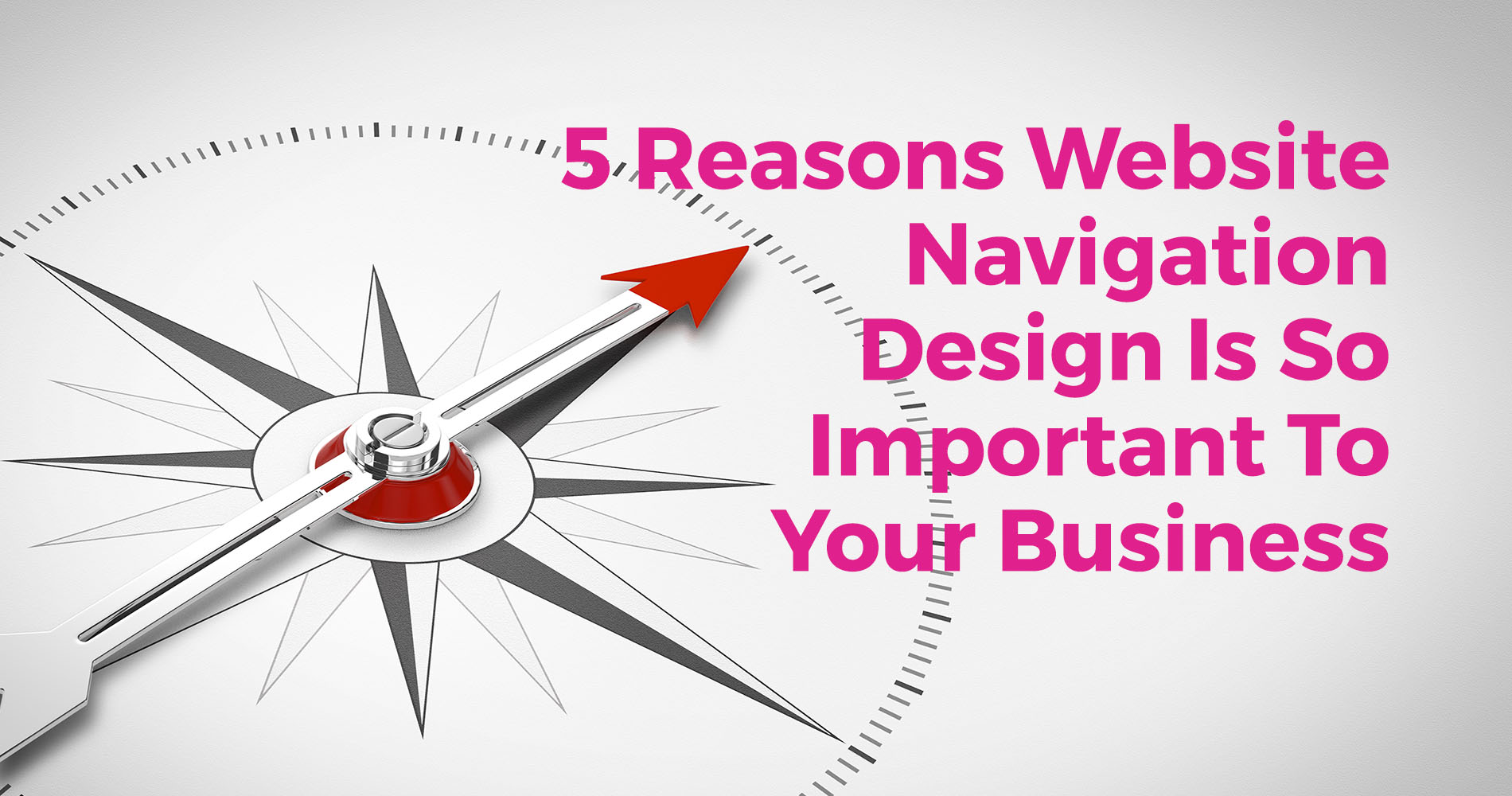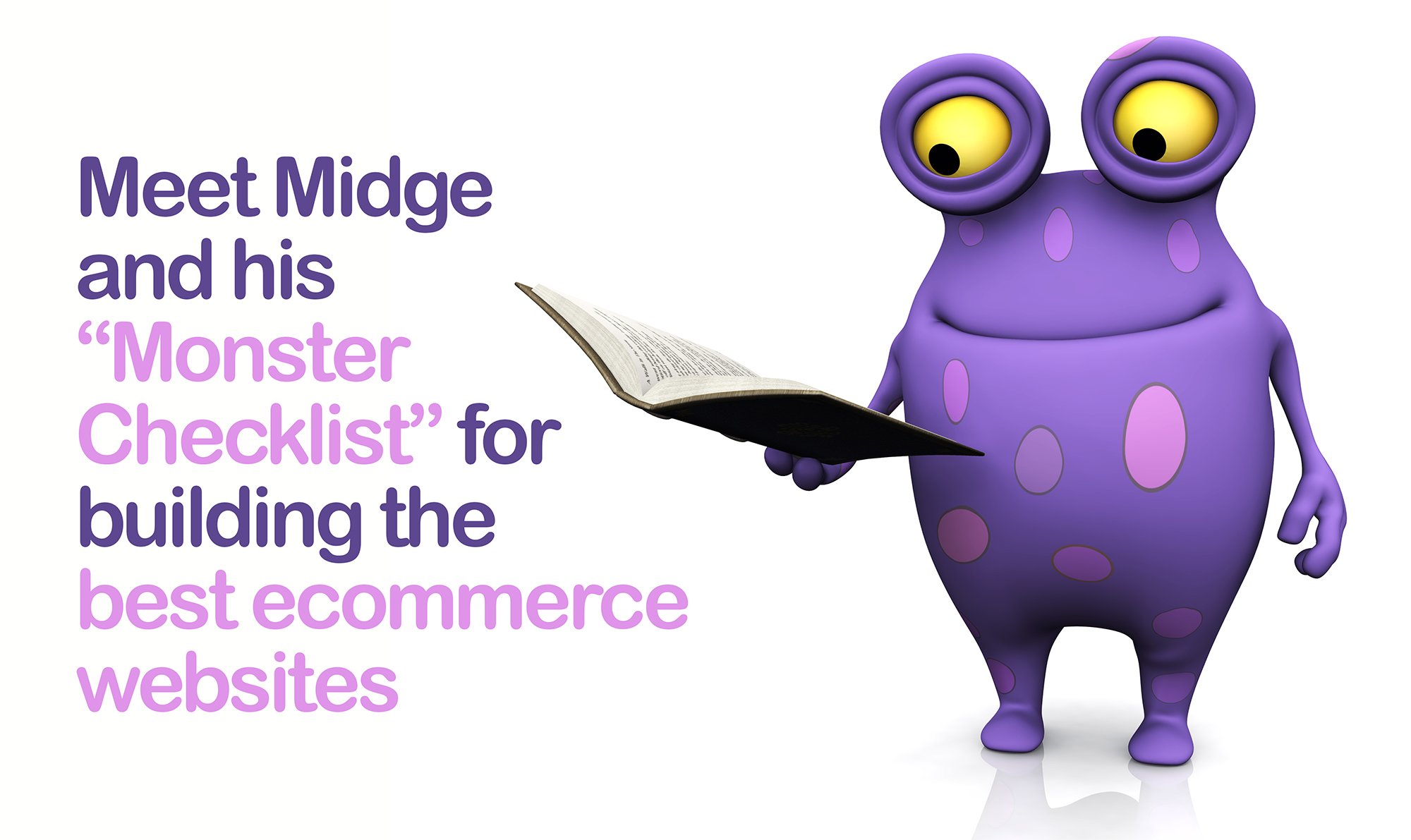The popularity of shopping online is increasing at an alarming rate, across all demographics. With almost everyone in the world, having internet access, most people have become online shoppers. It is not just women who shop, even most men have become online shoppers. There are plenty of web stores to look around for interesting products. Moreover, there are online stores for kids, teenagers, and parents. It seems that the internet is now the one-stop-shop for anybody and everybody.
Ecommerce, or B2C selling, is an integral part of any strong business. It provides great control over a customer's experience and provides several options to choose from. While online shopping isn’t for everyone, it is definitely something you should consider offering to your customers.
Running a good e-Commerce website
A successful eCommerce website design isn't built on good looks alone. To win over customers it's imperative to consider your target audience and their interests. Online merchants need to do all they can to ensure that their web pages appeal to both existing customers and potential new ones.
E-Commerce websites should be designed around the following basic concepts: user experience design, usability, accessibility, image display size, and performance optimisation for fast user interaction with no glitches.
Before we delve into more detail, let's set out a clear understanding of what an e-Commerce home page is supposed to accomplish.
Create an online store that sells
Strangely enough, The design of many stores does not factor in how they will make sales. These cool-looking stores are entirely useless in terms of what they offer to shoppers.
For these sites, it will suffice if they resemble the online store of the brand, but otherwise, they just display a large ‘Buy’ button. Businessmen, developers, and designers, in general, tend to focus too much on the big picture, not the details.
Emphasise the selling points of your product
The perfect way to assist your online store would be to list or display product categories. Additionally, exclusive deals and new arrivals may entice the everyday web surfer to make a purchase.
Apparently, the majority of online users do not know exactly what they want; they just want to have fun. It is up to online sellers to reach out to them and tell them what they are missing out on.
Acquire the trust of your visitors
People are naturally cautious about spending their hard-earned money. They want to be sure that the product they buy is not only being offered at a competitive rate, but also comes backed by dependable after-sales service in the long run. It's quite natural for people to have reservations about certain things when shopping online, especially concerning areas such as price, delivery options, payment gateways, returns policy, etc.
To make sure that you've linked to the appropriate pages from your home page. Such foresight will keep errors confined to one area, which ultimately saves time for your support team and reduces the number of customer pre-sale help requests in resolving sloppy architecture in the first place.
Now we'll go over several features of a successful eCommerce website design that will help you increase your website's conversion rate and turn visitors into paying customers.
The 10 Essentials of E-Commerce Website Design
1. Clear logo
A logo is arguably the most important marketing asset of any company. It is not just a business card for startups but also for branded stores to have a clear and impressive logo. One of the things shoppers are looking for when they make purchases online is an instantly recognisable logo, which lends credibility to the company. Whether we like it or not, we tend to judge a book by its cover, just as we do the logos of businesses.
Typically, brands with a larger following can afford to create a home page for their online stores that look stylish and feature the bare minimum. Such designs will suffice with a well-known logo or mascot, a beautiful image, or video, as well as a 'Buy' button.
2. Shipping details
Customers like nothing more than feeling like they're getting the best deal, and offering something at a low price is sure to attract potential customers. Free shipping is an excellent strategy in convincing customers to purchase your service or product.
The best way you can give it your best shot is to use your online skills to succeed in the world of business. As an entrepreneur, you will need to learn how to market yourself effectively enough so you can quickly get ahead of the competition. A common option with e-commerce platforms these days is an automated shipping calculator which you can easily set up on most shopping cart platforms. You must take care when adding this option for your users so that they aren't confused by any hidden costs or non-transparent information on delivery costs. You should also offer free delivery services as a customer retention strategy because it encourages them into making more purchases between visits.
3. Trustmarks
A Trustmark is an image or logo used by outside parties to guarantee that an online shop is secure, thus allowing for safe shopping. Trust marks include those from Network Solutions, McAfee, Verisign, BBB, TRUSTe, GeoTrust, etc. It ensures the security of customers and assures them that their privacy is protected by having accreditation certificates.
Along with trust marks, other factors such as a logical design, easy navigation, and thorough product descriptions are also important for building an online reputation. The trust of a customer plays a significant role in their willingness to spend.
4. A Store-finder tab
Adding the option to find the nearest store location is an excellent way for local and national businesses to attract conservative customers who would like to plan their shopping expeditions in person. Many people prefer checking out the actual shop or shop branch rather than ordering online, particularly if they are uncertain about an item or are on a budget.
Like a store finder button, a call to action "suggest button" is useful in keeping your customers on the site longer. A CTA suggest button will lead users to related products or services you have to offer.
5. Phone numbers and online chats
With online shopping, buyers can interact with sellers at any time via computer networks. But there are times when customers would rather have a human being talk to them about their needs. They trust people more than they trust companies because, for many, it's easier to let someone else tell them what they want instead of picking these things out for themselves. A case in point is a consumer preferring to speak to a phone agent over a robot when calling up a company for customer service. This need for human interaction at different times is where the concept of store support teams come into play - the presence of round-the-clock hotlines and live chats that virtual store visitors can use to get access to crucial info quickly and conveniently is what makes this feature invaluable in supporting customer satisfaction and retaining your existing base.
As more and more people are starting to do their everyday shopping online, it's important to make sure the company has ways in place for customers to get in touch with them about issues or concerns they can't resolve themselves. This means that customer service representatives need to be available around the clock -- not just during working hours!
6. Social Media Links
An estimated 20% of online purchases are influenced by a visit to a social media website. We typically follow the opinion of others. Social media websites, such as Facebook and Twitter, provide instant access to just about any information you need.
Additionally, social media accounts are a good way to enhance your brand by identifying your most active and influential customers as well as attracting new customers.
For online shops, social media is a good tool for informing customers of new product offers and special promotions tailored to their Facebook and Twitter followers.
7. Payment method icons
It is normal for e-commerce websites to have a wide range of global customers. The majority of their work involves dealing with large amounts of money transfers regularly. You should narrow down your options to find the best one as there are so many locations, companies, and people using the site you could encounter problems, so you should start narrowing down your options before strategising.
Some eCommerce companies only accept local credit cards or use PayPal when operating in certain countries, so that they do not have to spend too much money on renting space in areas that will never make them any money.
Several methods exist for online store owners to accept payments from customers. The most common payment methods are by using credit or debit cards, credit or gift vouchers, cash on delivery, PayPal, etc. Most online stores display these icons in the lower-left corner.
8. Checkout, login, and search functions
Most eCommerce websites have a shopping cart, a login box, and a search box all in one place. There is virtually no store that does not offer a shopping cart. Since the most popular shopping cart icon is a basket, using an icon similar to your website would make sense.
Many stores offer their customers private accounts so they can view all the orders they've made previously. Signing up allows customers to create a personal login and password. Moreover, the store owners can offer special discounts on such accounts to their clients, and they can participate in different promotions and sales.
Search boxes are indispensable for online stores that offer a wide array of products. Having your online store offer this feature is also likely to be well received by those searching for specific products and finding them on your website.
9. Brand products
Even though you can't always know what every customer will want once they reach your website, you do not need to display every item on the homepage. It doesn't matter how excellent your product placement is, some shoppers might not notice it at all, or maybe they visit your site using their smartphone or tablet, and your company still does not offer mobile-friendly pages, so they might be discouraged by irrelevant ads above your content; this could end up being rather complicated for new customers.
Your best option is to make sure there are always enticing offers available. Having a large catalog of products makes this trick extremely valuable for retailers. You should display branded merchandise upfront when you are selling it. This is a good way to capture visitors' attention, especially first-timers who may not know what to expect.
Additionally, many large retailers allow consumers to browse based on brand names. These websites practice more targeted and effective methods of providing customers with products and services they need.
10. Wishlist
Your eCommerce website can be enhanced with a wish list feature that allows users to save items for later. If they were planning to purchase in the future, their wish lists encourage them to refer to them later. You can make your wish list more popular with customers by choosing the right method. When designing this wishlist, be sure to indicate it is one so people can see it! It's best to explain how to use it, what it can do, and why you should care, too.
Conclusion
We hope these tips helped you on how to make your eCommerce website design more appealing to your customers. Please let us know if you have questions about building an eCommerce website or how to make your shop more appealing to your customers.




